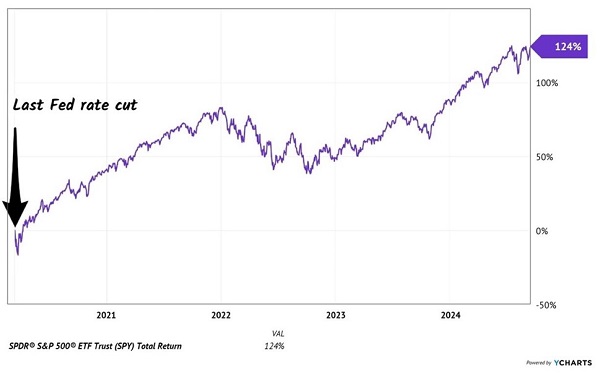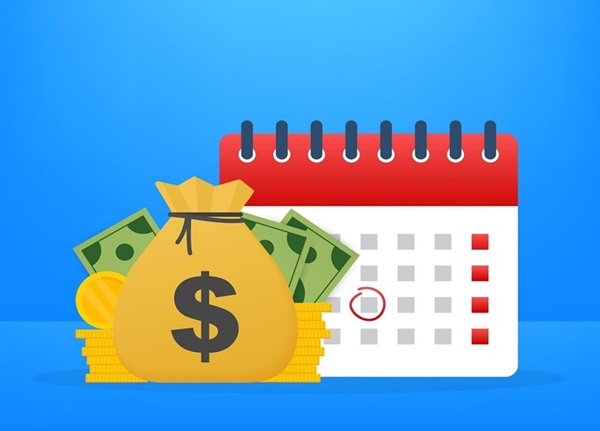2 CEFs With Big Dividends (But Only 1 Is Worth Your Time Right Now)
Michael Foster, Investment StrategistUpdated: September 30, 2024
Closed-end funds (CEFs), with an average yield of around 8%, are terrific for just about any investor—especially those looking to their portfolios to help pay the bills.
Heck, even if you’re not leaning on your CEFs for income, those big payouts are gold—you just reinvest them to boost your portfolio’s value and book an even bigger income stream going forward.
But of course, not all CEFs are great investments, with some best avoided unless they trade at big discounts to net asset value, or NAV, the key indicator of value for these funds. And sometimes even a great fund isn’t the best one to buy, despite a big yield and an impressive record.… Read more



